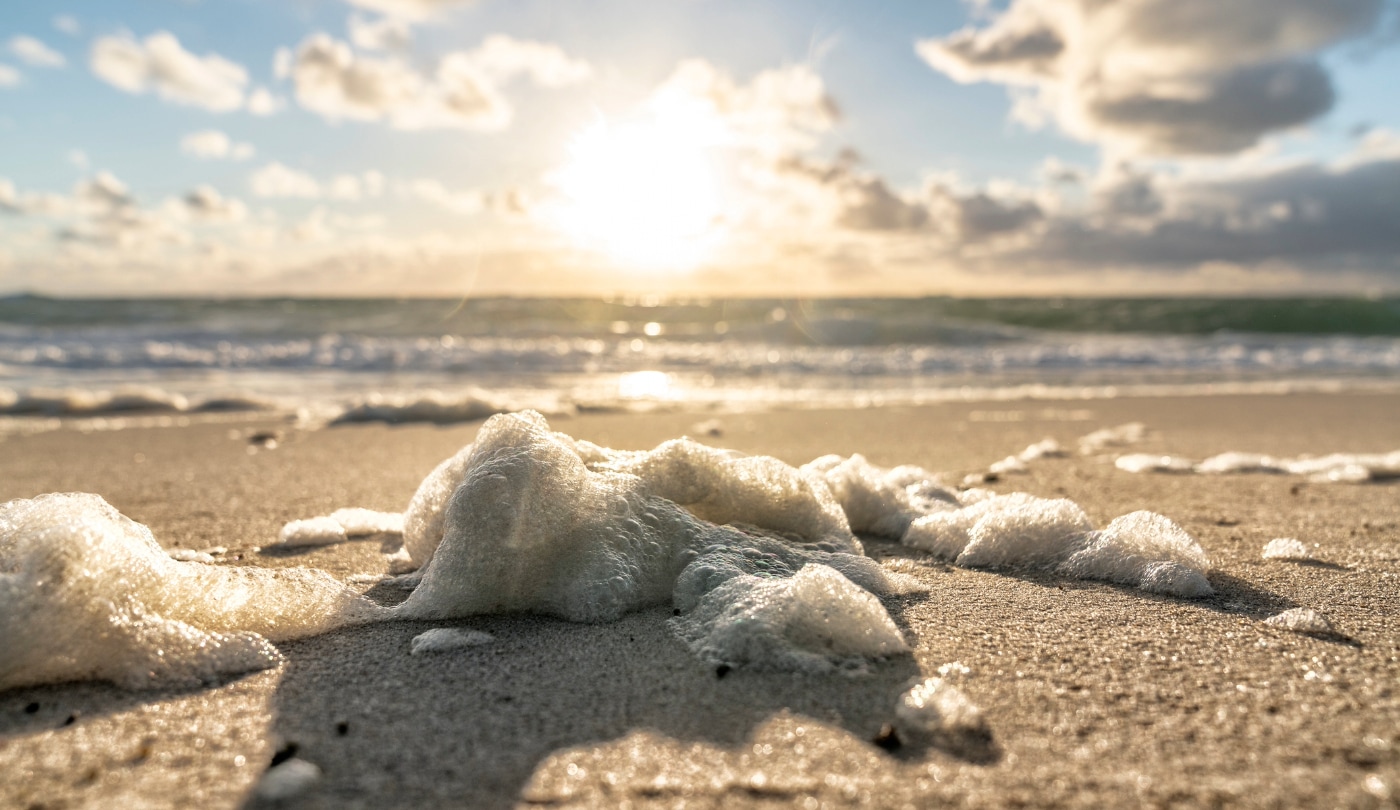Green light means “go.” That might apply to evaporating water molecules too.
Coupled with other observations, they say, the finding suggests that when light shines on water, individual particles of light, or photons, can sever the bonds that connect water molecules, releasing clusters of molecules into the air.
“This is super exciting stuff,” says Yuki Nagata, a chemist at the Max Planck Institute for Polymer Research in Mainz, Germany, who was not part of the research. He notes that the hypothesis needs additional checking. “We are not 100 percent sure this is really the mechanism,” he says. But if it is, it’s “totally new.”
Normally, heat is what gets evaporation going, causing water molecules in the liquid to jostle more vigorously. That extra energy can break some of the bonds between molecules in the liquid, allowing molecules to escape as water vapor. Based on how much heat goes in, scientists can calculate the amount of evaporation expected. Visible light can help water evaporate due to the heat it imparts (SN: 3/8/16). But until now, it wasn’t thought to directly break the bonds between water molecules.
2023-11-13 07:00:00
Article from www.sciencenews.org



















